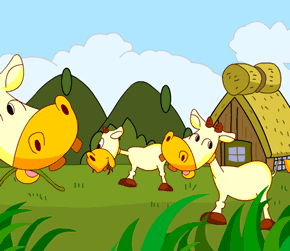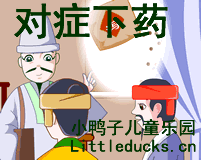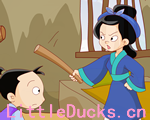Considering Your First Good Instrument
After conquering the “Bach double” last year, I knew I was ready. I’d logged three years of work as an adult beginner on the violin and was playing first violin in a string quartet. My student instrument was starting to sound shrill under my ear, sluggish under my hand, and too bright to blend with the quartet. It was time to step up.
With a rough budget in mind, I visited a reputable dealer and began the windowing process. I played about a half dozen fine instrument and quickly narrowed to two the violins I would take home and bring to my lesson. One was lovely sounding violin costing $4,000; the other, which I’d begun calling “the Chicago” because of where it was made, cost about $2,000. I was leaning toward the less expensive instrument, which had the rich, silky tone and effortless response I wanted. But I wasn’t sure, so without telling my teacher or friends the prices, I conducted blind “taste tests” to get listeners’ opinions.
Each time, “the Chicago”, the less expensive instrument, won out – prompting “oohs” and “aahs” from teachers and friends. I couldn’t be happier with my beautiful violin.
An instrument-buying experience can be fairly straightforward and stress-free, but not every beginning- to intermediate-level musician has an easy time making that first step up. For many, the process of buying a good instrument is an agonizing one. But with the right paration and right attitude, experts say, it does not have to be. The key to making a good decision lies in asking the right questions of yourself, of the instrument seller, and of those who are closest to you musically.
ASKING THE RIGHT QUESTIONS
How do you know when you’re ready to move on to your first good instrument? Susan Leek-Dedon, who teaches at the University of St. Thomas Conservatory and sells instruments part-time for Miller and Fein Violins in St. Paul, Minnesota, says that usually an $800 student instrument will hold a player for a few years – whether he or she is a young or an adult beginner.
“This is especially true at beginner levels. You are still learning how to hold the bow. But once you get to a certain level, you start to outgrow your instrument,” says Leek-Dedon, who has taught for more than 20 years.
“For instance, when you’re trying to play a passage, it may not be as clear as you think it should be because the instrument doesn’t respond. And when you’re going up in position, again, it’s not doing what you want. Another telltale sign is, ‘Wow, I’m hunkered down on my bow arm but it’s just not giving me the power I want – even though I’m doing everything my teacher tells me to do.’”















































